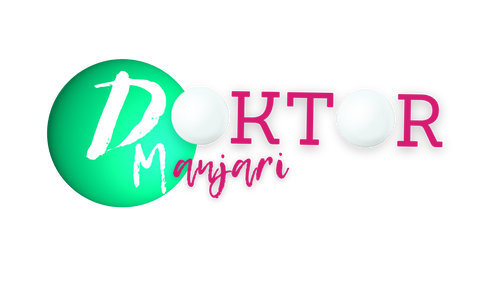Psychological Disorders and Their Physical Manifestations
Psychological disorders, also known as mental health disorders, encompass a wide range of conditions that affect an individual's mood, thinking, and behavior. These disorders not only impact mental well-being but also have significant physical repercussions. Understanding the connection between psychological disorders and their physical symptoms is crucial for holistic health management.
Common Psychological Disorders and Their Physical Symptoms
-
Depression
- Physical Symptoms: Fatigue, insomnia or excessive sleeping, changes in appetite (leading to weight gain or loss), headaches, and chronic pain.
- Explanation: Depression affects neurotransmitters such as serotonin and norepinephrine, which play a role in pain perception and sleep regulation. The resulting imbalance can manifest in physical symptoms like persistent pain and sleep disturbances.
-
Anxiety Disorders
- Physical Symptoms: Increased heart rate, muscle tension, dizziness, sweating, trembling, gastrointestinal issues (such as irritable bowel syndrome), and shortness of breath.
- Explanation: Anxiety triggers the body's fight-or-flight response, releasing stress hormones like cortisol and adrenaline. This response prepares the body to deal with perceived threats but can also cause physical symptoms when activated frequently.
-
Bipolar Disorder
- Physical Symptoms: Sleep disturbances, changes in energy levels, weight fluctuations, and somatic complaints (e.g., pain without a clear medical cause).
- Explanation: The extreme mood swings in bipolar disorder, ranging from manic highs to depressive lows, affect various body systems. These mood changes can disrupt sleep patterns, energy levels, and appetite, leading to physical symptoms.
-
Post-Traumatic Stress Disorder (PTSD)
- Physical Symptoms: Hyperarousal (e.g., being easily startled), chronic pain, headaches, gastrointestinal issues, and weakened immune response.
- Explanation: PTSD stems from experiencing or witnessing traumatic events. The disorder's hyperarousal symptoms keep the body in a constant state of high alert, leading to physical manifestations like chronic pain and digestive problems.
-
Obsessive-Compulsive Disorder (OCD)
- Physical Symptoms: Skin lesions from excessive washing or cleaning, gastrointestinal issues, and muscle tension.
- Explanation: OCD involves recurring, unwanted thoughts (obsessions) and repetitive behaviors (compulsions). The stress and anxiety from obsessions and the physical actions of compulsions can lead to physical symptoms.
Mechanisms Linking Psychological Disorders to Physical Symptoms
-
Stress Response
- Psychological disorders often activate the body's stress response, releasing hormones such as cortisol and adrenaline. Chronic activation of this response can lead to physical symptoms like high blood pressure, heart disease, and weakened immune function.
-
Neurotransmitter Imbalance
- Mental health disorders frequently involve imbalances in neurotransmitters, which are chemicals that transmit signals in the brain. These imbalances can affect various bodily functions, leading to symptoms like altered pain perception, sleep disturbances, and changes in appetite.
-
Behavioral Factors
- Disorders such as depression and anxiety can influence behavior, leading to poor dietary habits, lack of exercise, substance abuse, and neglect of personal hygiene. These behaviors can result in physical health issues over time.
-
Sleep Disruption
- Many psychological disorders disrupt sleep patterns, which can lead to fatigue, impaired cognitive function, and increased susceptibility to physical illnesses.
Managing the Physical Symptoms of Psychological Disorders
-
Integrated Treatment Approaches
- Combining psychological therapies (such as cognitive-behavioral therapy) with medication can address both mental and physical symptoms.
-
Lifestyle Modifications
- Regular physical activity, a balanced diet, adequate sleep, and stress management techniques (such as mindfulness and relaxation exercises) can mitigate the physical impacts of psychological disorders.
-
Medical Interventions
- Addressing physical symptoms directly through medical interventions, such as pain management for chronic pain or gastrointestinal treatments, can improve overall well-being.
-
Social Support
- Building a strong support system of family, friends, and mental health professionals can provide emotional and practical assistance, helping individuals manage both psychological and physical symptoms.
Conclusion
Psychological disorders have profound effects not only on mental health but also on physical well-being. Recognizing and addressing the physical symptoms of these disorders through integrated treatment approaches and lifestyle modifications is essential for comprehensive care. By understanding the interplay between mental and physical health, individuals and healthcare providers can work together to improve overall quality of life.
It is better to see a health professional for an accurate diagnosis and appropriate treatment, including medications and management strategies.

